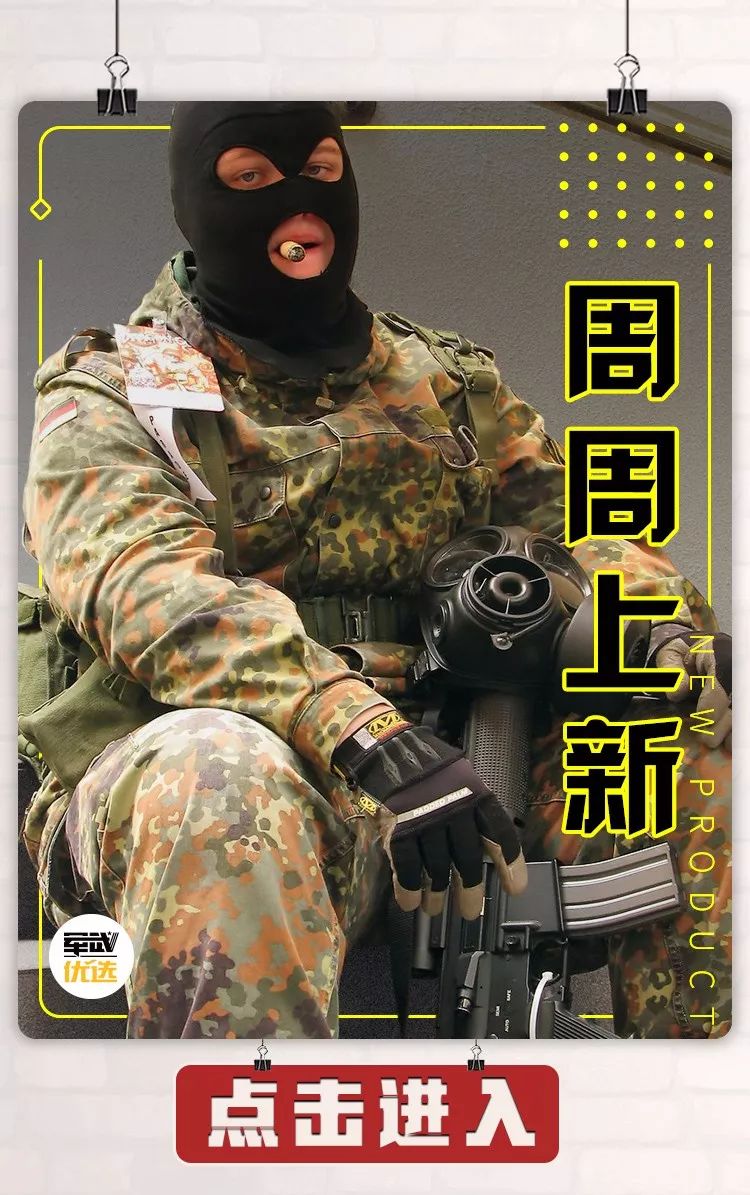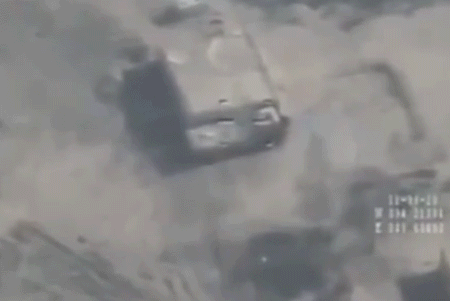 People are always the first factor determining the combat effectiveness of equipment.
People are always the first factor determining the combat effectiveness of equipment.
Recently, according to a report from the U.S. website National Interest, the CH-4 drones sold by China to Iraq have encountered “serious” issues, with only 1 out of 10 drones in the fleet operational, while the others are not functioning properly. However, it is somewhat embarrassing for the U.S. that media has also exposed the current situation of American products in Iraq. It is reported that all the “ScanEagle” drones sold by the U.S. to Iraq are also grounded.
Regardless of whether the rumors about the Chinese CH-4 drones are true, their significant contribution to Iraq’s fight against extremist organizations cannot be easily erased by a few rumors.
When the birds are gone, the good bows are hidden—realistic needs determine the status of equipment.
The entry of the Chinese CH-4 drones into the Iraqi military coincided with a difficult period when Middle Eastern countries were striving to resist the rampant expansion of extremist organizations. Iraqi media once released a video of the country’s defense minister inspecting the Chinese CH-4 drones at a base, and during the critical phase of combating extremist organizations, the operational efficiency of the CH-4 drones even surpassed that of the F-16 fighter jets purchased at a high price from the U.S.
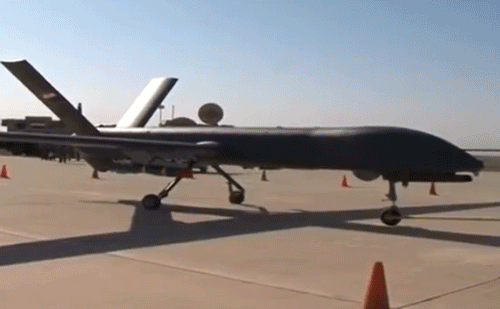
▲Chinese CH-4 drone
Has received widespread praise from the Iraqi military
The CH-4 drone has effectively struck terrorist organizations in actual combat, receiving praise from the Iraqi military multiple times. During the most severe situation around 2015, the arrival of the Chinese CH-4 drone greatly enhanced the confidence of the Iraqi people in defeating extremist terrorist organizations!
As the saying goes, when the birds are gone, the good bows are hidden. With the destruction of extremist organizations in the Middle East, relevant countries have gradually lost the motivation to maintain and upgrade drones. The decrease in usage demand is the main reason for the drones being grounded; as a high-tech product, without proper maintenance and care, it is inevitable for drones to be grounded, rather than a reflection of the quality of Chinese drones.
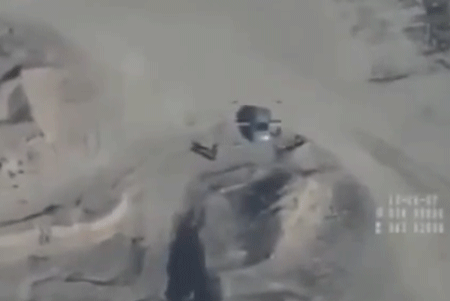
▲ Scenes of CH-4 drones striking extremist armed organizations
In addition to demand factors, the relatively low operational quality of some users in the Middle East has led to many advanced weapons failing to perform as expected. A lack of responsibility and a lack of research spirit in technology have been significant factors affecting the combat effectiveness of Middle Eastern countries’ militaries in the past. In modern warfare, this kind of “needing a nanny to wipe the gun” operational state can put oneself in danger at any time.
Even more ridiculous is that the U.S. selectively points out the issues with Chinese drones while ignoring the fact that their own drones are completely grounded. According to Jane’s Defence Weekly, in recent years, many countries including Algeria, Iraq, Egypt, Saudi Arabia, and the UAE have been using the CH-4. Influenced by the “first-mover advantage” of the Chinese CH-4 drone, the U.S. has only been able to sell reconnaissance-focused “ScanEagle” drones to countries like Iraq in recent years.
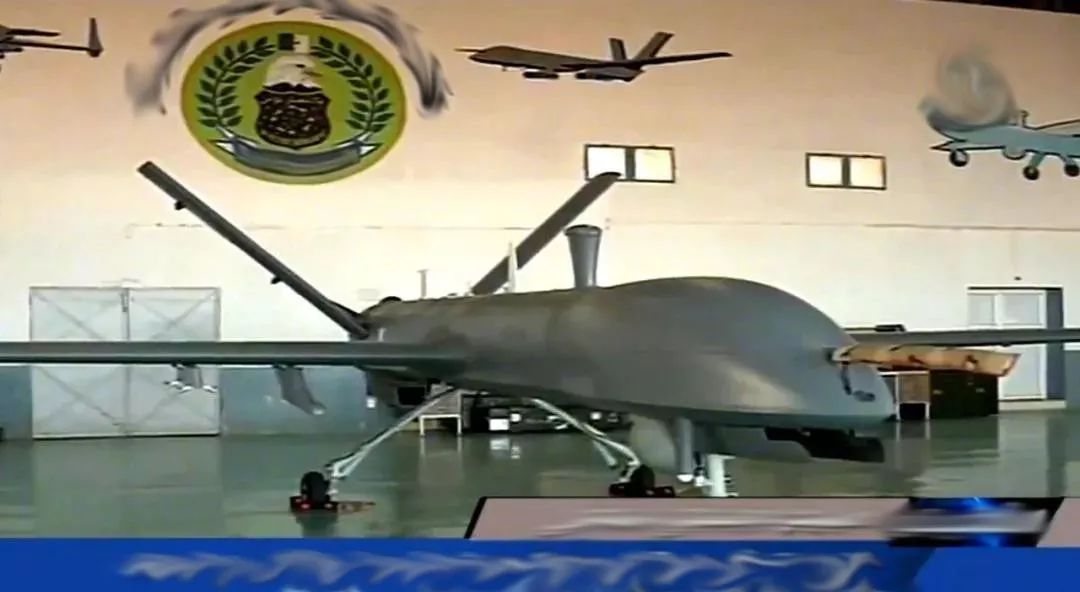
▲CH-4 drones are now sold to many countries around the world
The U.S. is now deliberately belittling the Chinese CH-4 drone, likely as an excuse to open up the market for its own products in the Middle East. In order to sell other models of its drones, it is even willing to let its “ScanEagle” compete with the Chinese CH-4 in reputation.
Good equipment in the hands of the lazy is still worthless scrap metal.
The effectiveness of a piece of equipment is not only related to the basic performance of the weapon but also directly related to the operator of the weapon. The Gulf War in 1991 left a deep impression on a generation; this war showcased the cutting-edge technology of Western countries in warfare while also tarnishing the reputation of many Soviet-made weapons.
To this day, whenever the Gulf War is mentioned, the most discussed topic is still the technological gap in weapons between the two sides. It seems that since then, high-tech warfare is no longer related to the quality of people; whoever has more advanced weapons can crush the opponent. However, what is rarely focused on is the effort put in by the victorious side during peacetime.
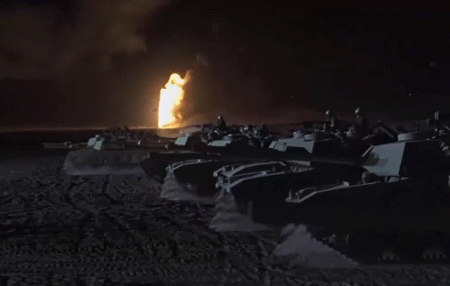
▲ The U.S. military during the Gulf War did not solely rely on advanced
weapons to achieve glorious victories.
A U.S. pilot who shot down an Iraqi MiG-29 during the Gulf War recalled the situation at the time: “The air combat situation on the battlefield was exactly the same as in our usual training exercises!” This statement hides a lot of information, not only showing contempt for the enemy (the real battlefield should be much more brutal than the training ground) but also indirectly indicating the realism and effectiveness of U.S. pilots’ training.
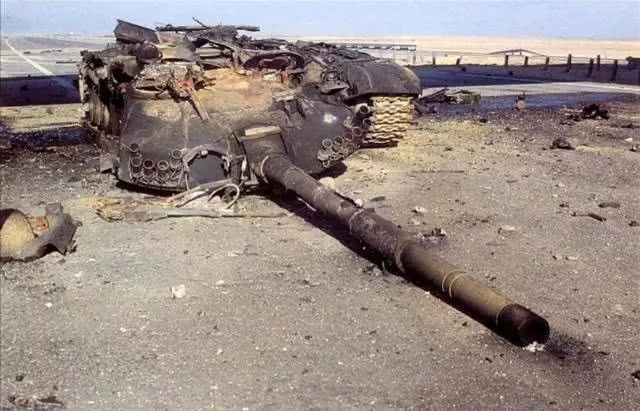
▲ A large number of Soviet-made weapons with decent performance became scapegoats for the low combat quality of the Iraqi army.
It is precisely because the U.S. military has highly realistic combat exercises and pilots who train diligently that advanced weapons can truly demonstrate their effectiveness. This is the state that every modernized military should maintain.
If the Iraqi army’s disastrous defeat was the result of poor performance of Soviet-made weapons, then why has the newly formed Iraqi army, which has fully replaced its equipment with American M1 main battle tanks, been routed by extremists armed only with light weapons in recent years?
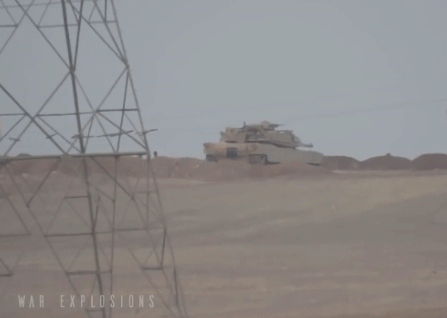
▲ Easily destroyed Iraqi M1 main battle tank
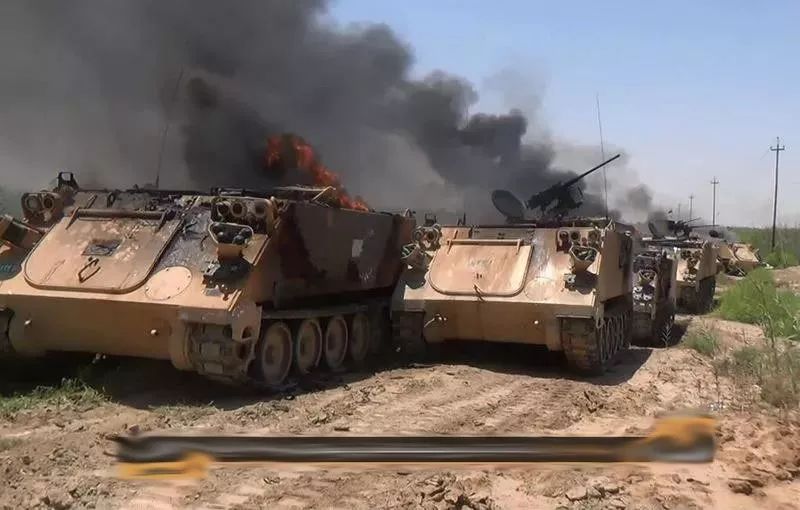
▲ The Iraqi “American equipment” 9th Armored Division was annihilated.
The quality of weapons does not determine the outcome of a war. “Lack of will to fight” can turn a heavy machine gun into a firewood stick, “unstable will” can turn artillery into iron lumps, and an “incompetent” enemy can hand over all their good cards to the opponent.
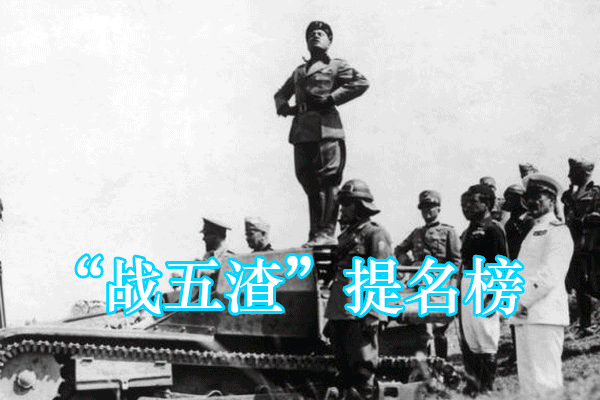
▲ Historically famous “losers” often have relatively good equipment but still cannot win wars.
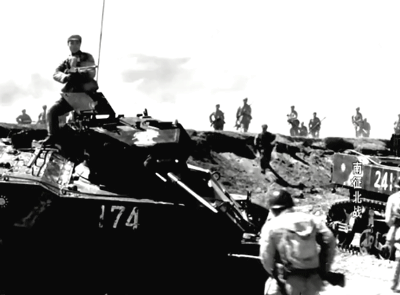
▲ American equipment also could not improve the low combat effectiveness of the Kuomintang army.
Often, the easier it is to obtain something, the faster it is lost. During the Liberation War, the Kuomintang army, which always acted as the “transportation team” for our army, became a typical example of using good equipment poorly! By the time of the Korean War, the enemy, equipped far better than the Kuomintang army, also failed to defeat the poorly equipped volunteer army.

▲ The equipment that comes easily is less appreciated by the user.
(From the Korean War movie Raid)
During the war, our army lacked combat equipment, and the soldiers cherished every weapon they had like a treasure. “Three bullets must eliminate one enemy, five bullets must capture one gun.” Only in such a harsh combat environment can a tough and resilient army be trained, and soldiers can learn to cherish everything in their hands.
Mobile equipment “is fixed” while fixed equipment “conducts guerrilla warfare.”
Looking at the history of world wars, there are many examples of advanced weapons being used in low-level wars. The eight-year Iran-Iraq War was one such case, as was the two-month Falklands War. A retired British colonel once lamented: In 1982, two wars occurred in the world; the war between Britain and Argentina was a “war of yesterday,” while the war conducted by Israel in Lebanon was a “war of tomorrow.”

▲ The Israeli army “directed” a “war of tomorrow” in Lebanon in 1982.
The shocking Battle of the Bekaa Valley allowed people to witness the power of modern air combat in advance. However, whether for the victorious or the defeated side, overemphasizing the role of weapons does not help us to understand the war deeply, nor does it allow future generations to truly learn from the experiences and lessons paid for with blood.
From the perspective of weaponry, while Israel was indeed equipped with advanced aircraft that were nearly a generation ahead of the Syrian Air Force, this was still not the reason for the Syrian army’s disastrous defeat. In addition to achieving an astonishing air combat record of 82:0, the Israeli Air Force also destroyed 19 Syrian ground-to-air missile positions in the Bekaa Valley, which was also a result of the Israeli Air Force.
The decisive strikes by the Israeli army not only completely tore apart the air defense network woven by the Syrian army but also opened a new chapter in air-ground operations. However, in this one-sided war, what is rarely focused on is the problems existing within the Syrian army itself.
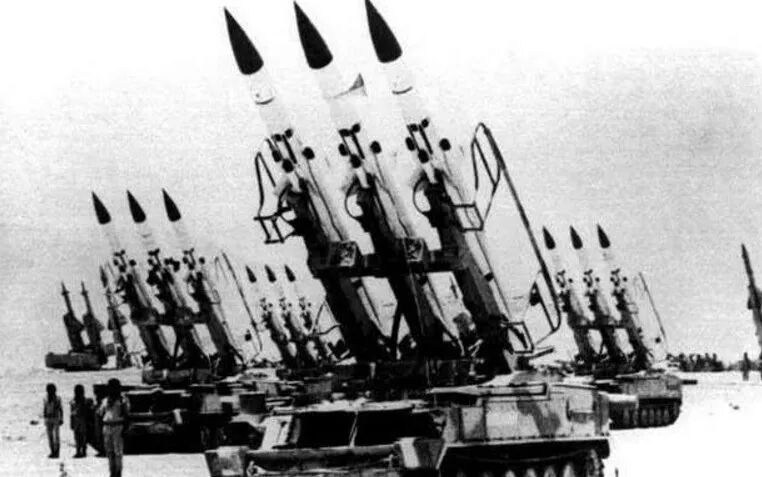
▲ The Soviet-made SAM-6 ground-to-air missile, known as the “three fingers of death,” was once a nightmare for Israeli pilots.
At that time, the main ground-to-air missile positions of the Syrian army were equipped with the Soviet-made SAM-6 missile, known for its excellent mobility as a field air defense missile system. The SAM-6 had shown its prowess during the Fourth Middle East War, shooting down a considerable number of Israeli aircraft. However, less than ten years later, this “aircraft killer” was completely trampled by the Israeli Air Force. Why is that?
The victory of the Israeli army was not only related to the rapid advancement of anti-radiation weapons and the continuous research on air defense suppression tactics but also had a lot to do with the serious underestimation by the Syrian army. From a certain perspective, the Syrian army helped the enemy significantly.
Due to overconfidence in the power of the SAM-6 demonstrated in the previous war, the Syrian army did not take the Israeli army’s several probing attacks seriously before the war. What is even more incomprehensible to opponents is that the positions of the Syrian army’s ground-to-air missiles did not change for more than a year from the time they were deployed until the battle began.
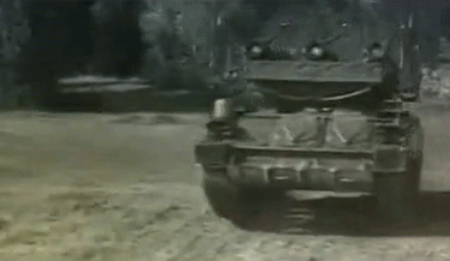
▲ The mobile and flexible SAM-6 became a “fixed missile launcher” in the hands of the Syrian army.
An excellent mobile field air defense system, in the hands of the Syrian army, turned into a “fixed missile launcher.” It should be noted that the SAM-6 was originally developed by the Soviet Union as a mobile field air defense system. Rapid mobility should have been the greatest advantage of this weapon, yet the Syrian army failed to fully utilize this advantage.
During the Fourth Middle East War in 1973, the Egyptian ground-to-air missile forces achieved astonishing results, not because the SAM-6 technology was so advanced at the time, nor because the Israeli army had not yet equipped advanced anti-radiation weapons, but because of the efforts of the Egyptian army itself.
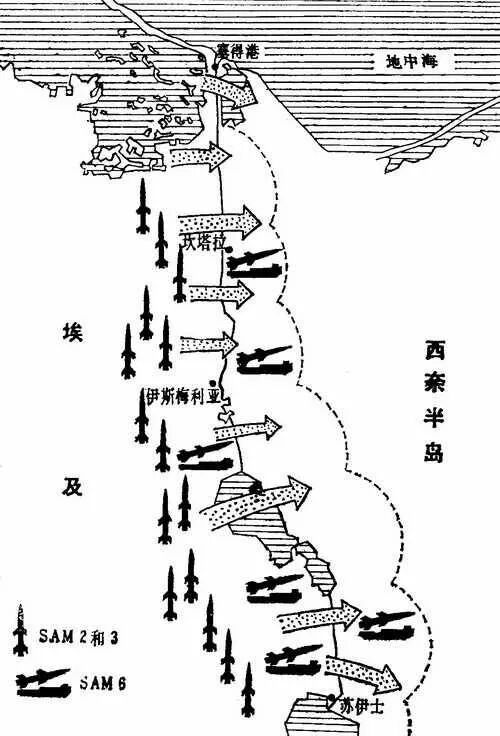
▲ Sufficient pre-war preparation was a major reason for the Egyptian army’s initial victories in the Fourth Middle East War.
On the eve of the war, in order to defeat the formidable enemy Israel, the Egyptian army put a lot of effort into battlefield camouflage and deception. In addition to cleverly disguising their ground-to-air missile positions, they even constructed fake positions equipped with radar launchers to successfully confuse the Israeli army.
According to reports, the number of fake positions set up by the Egyptian army on the west bank of the Suez Canal was even greater than that of the real positions. It is not difficult to see that any victory achieved on the battlefield is inseparable from thorough preparation, as the saying goes, “no battle is fought without preparation.” A deep understanding of weaponry is the prerequisite for fully utilizing weapon performance.

▲ In a sense,
the victory of the Israeli army in the Bekaa Valley was also a gift from the opponent.
A certain technological gap with the opponent is not scary; what is scary is that an army has no awareness of confronting the enemy from beginning to end. A lack of proactive fighting spirit may be the real reason for the Syrian army’s disastrous defeat in the Bekaa Valley battle in 1982.
If fighting is just about letting weapons complete all tasks on their own, determining the final effect of combat based on weapon performance, then we can conclude: even if the Syrian army had been provided with the S-300, which had just been in service with the Soviet army, they would still have been defeated.
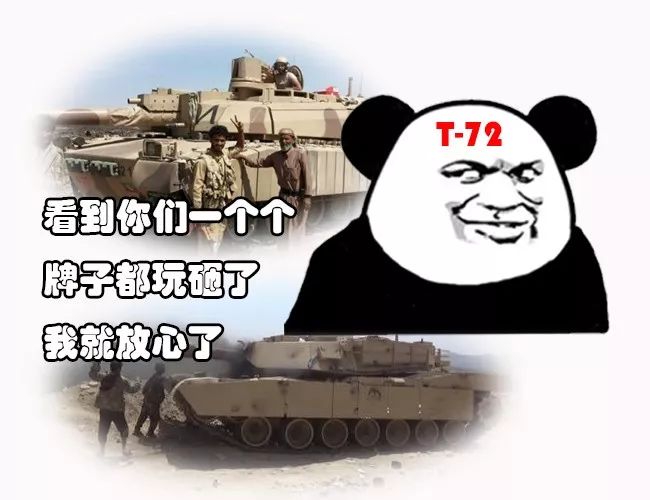
▲ Good equipment that is not used properly is still worthless scrap metal.
(The image shows equipment of the Saudi army captured by the Houthi armed forces.)
Similarly, if the Israeli Air Force had also relied solely on the advanced performance of their fighter jets, they might have been hunted down one by one like the Syrian aircraft over the Bekaa Valley. This is not alarmist; today, the Saudi military, equipped with performance far superior to that of the Israeli army at the time, has shown helplessness in striking the Houthi armed forces, which may be the best example that good equipment needs to be given to “good players.”
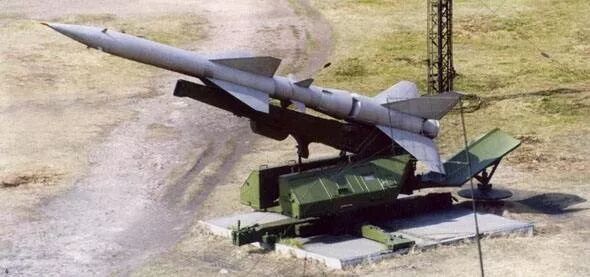
▲ Soviet-made SAM-2 ground-to-air missile
In the early 1960s, mainland China frequently faced incursions from U-2 reconnaissance aircraft from across the strait. With only five SAM-2 ground-to-air missile battalions introduced from the Soviet Union, it was somewhat inadequate to defend the capital.
On the other side of the world, the Cuban Missile Crisis was attracting global attention. To protect the medium-range missile bases in Cuba, the Soviet Union deployed 19 SAM-2 ground-to-air missile battalions on this narrow land. Due to China’s vast territory and limited weapon production and imitation capabilities, even if we adopted a static defense mindset and established fifty ground-to-air missile battalions, it would be impossible to cover all of China’s airspace.

▲ Armies that come from harsh environments often excel at
maximizing the performance of their equipment.
To make matters worse, the Soviet Union withdrew all its experts from China in 1960, leading to a complete halt of military aid from the Soviet Union. The Soviet Union not only failed to deliver the additional five SAM-2 missile systems promised to China but also completely terminated the supply of components to China.
Our army was forced to rely on the five SAM-2 ground-to-air missile systems introduced from the Soviet Union in the late 1950s to defend the airspace of all of China. Given that China could not independently produce ground-to-air missiles at that time, the military leadership instructed that the limited battalions be deployed uniformly to form a large-area organic air defense network.
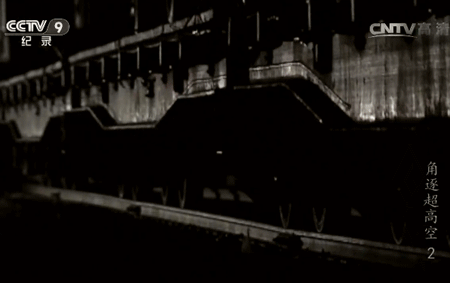
▲ As long as there is a firm fighting spirit, fixed weapons can also be used for “guerrilla warfare.”
It should be noted that the SAM-2 equipped by the Chinese ground-to-air missile forces was the first generation of semi-fixed ground-to-air missiles developed by the Soviet Union in the 1950s, mainly responsible for key area air defense, thus its mobility was very limited. However, due to the circumstances at the time, the air force decided to use these inconvenient ground-to-air missile battalions to set up ambushes along the flight paths frequently traversed by U-2 reconnaissance aircraft.
In response to the activities of the U-2 reconnaissance aircraft, the troops developed a “near-quick combat method”: “near” means turning on the antenna at close range, compressing the usual operating distance of 75 kilometers to within 38 kilometers; “quick” mainly refers to quickly completing the launch operation, with 9 of the 14 actions to be done before turning on the antenna, and the remaining actions to be completed within seconds after turning on the antenna. Through repeated training, the troops were able to maximize the performance of the equipment.
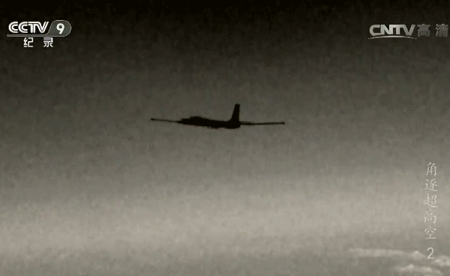
▲ The experience of striking the U-2 tells us that the performance ceiling of weapons is determined by people.
By March 1966, China’s self-developed Hongqi-2 ground-to-air missile began to be equipped in the army. Encouragingly, from September 1962 to September 1967, our army shot down five U-2 reconnaissance aircraft (a total of seven U-2s have been shot down since their service). China thus became the country with the highest number of U-2 reconnaissance aircraft shot down in the world.
Imagine if the People’s Liberation Army at that time had also waited in fixed positions like the Syrian army, could the Chinese ground-to-air missile forces, with only five battalions, have shot down so many U-2 reconnaissance aircraft? In modern warfare, while the quality of equipment may directly affect combat efficiency, whether weapons can be effective depends entirely on people.
Whether it was the SAM-2 that shot down the U-2 from the sky back then or the CH-4 drone that terrifies terrorists today, they both tell us an eternal truth: people are always the first factor determining the combat effectiveness of equipment.
